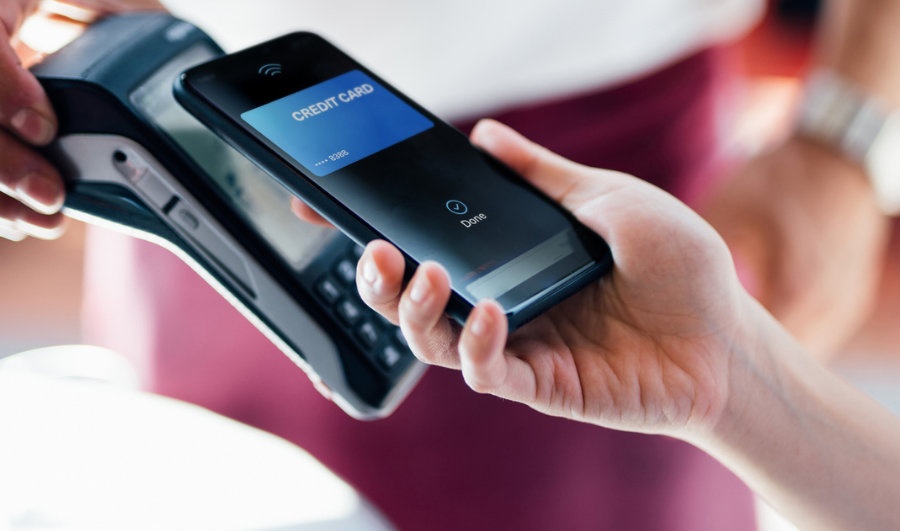Payment Gateway, with its encryption and verification technology, ensures the safety and security of online transactions. Depending on business requirements, these can be either 2d or 3d payment gateway. Both vary from each other.
For cashless payments at the store, either you swipe your card at the retailer’s pos terminal or, through the NFC technology, wave or tap at the Credit or Debit card contactless terminal. Now, with the surge in online businesses, there is no use for terminals. Instead, you need a service merchant, known as a payment gateway, to facilitate the payments. To safeguard the information and electronics fund transfer during transmission, the online merchant must implement a security system. These security systems are known as a 2D payment gateway or a 3D payment gateway.
These can either be incorporated in a merchant’s website or application or used in payment merchant’s links. In this article, we will explore them in detail below:
What Is A 2D Payment Gateway?
Also known as a 2D secured payment gateway, the customer must enter their card details like card number, expiry, and the cardholder’s name. Post that, they need to enter the security verification code, the CVV, on the back of the card. Once the customer fills in this information correctly, the transaction is authenticated. The processor payment gateway does not need any more validation or authentication.
Challenges Related To 2D Payment Gateway
Even though the 2d payment gateway has certain layers of protection, it is still considered a risky option. It is vulnerable to the leak of card information or payment fraud. For example, if your card gets stolen, anyone can use the information for e-billing payments or online payment apps. You won’t have any control over the transactions.
What Is A 3D Payment Gateway?
To understand what is a 3D payment gateway, let’s understand how it works.
- When buyers initiate an online purchase on the merchant’s platform, they are redirected to the payment gateway. There, they need to enter their credit or debit card details.
- Once submitted, the payment gateway contacts VISA, Master Card, or other directory service and validates the card information.
- Upon validation, the customer is redirected to the 3-Domain secure page, where they need to authenticate their identity through an OTP (One time password).
- The transaction becomes successful or denied after the acquiring bank authenticates this information.
Why Choose A 3D Payment Gateway?
This payment gateway option removes the stress of risk associated with a 2D payment gateway. Under this, after entering the credit or debit card details, the gateway also asks for a one-time password for the customer’s authentication. This additional step ensures more control and safety over online transactions. Furthermore, the convenience fee is the same for both payment gateways. Convenience fee means the convenience offered to the customer for paying from a method other than the standard payment method on the merchant’s platform. Thus, for the same fees, you get more security in the 3D payment gateway.
3D Payment Gateway Advantages
A 3d payment gateway does have some advantages, here is a list of them:
- Enhanced security to both customer and merchant’s account
- Reduction in online frauds
- Protection to merchants against chargebacks filed under fraud reasons
- Increased customer satisfaction
2D Payment Gateway vs 3D Payment Gateway
| S.no | Particulars | 2D Payment Gateway | 3D Payment Gateway |
| 1 | Number of Parties | 2 parties: Customer Merchant | 3 parties: Customer Merchant The payment environment system, like the internet, server, and more. |
| 2 | Payment authentication | No | Yes, through an OTP |
| 3 | Risk level for merchants and customers | High | Low |
| 4 | Frauds and chargebacks ratio | Higher | Lower |
PayU Payment Gateway – Your Search Ends Here
Before selecting a payment gateway, you must research its payment methods, encryption models, software, ease of transactions, etc. One such leading financial provider that can solve all these online payment needs is PayU. Here is how.
| S.no. | Reason | PayU Payment Gateway |
| 1 | Success rate | Best success rates through its world-class features like Dynamic Switching, Magic Retry, and more. |
| 2 | Integration on multiple platforms | Yes, website or mobile apps |
| 3 | Multiple payment options | Yes, including cards, net banking, UPI, and much more. You can also accept international payments. |
| 4 | World-class security | Yes, with a time-tested security engine |
| 5 | A powerful dashboard | A one-point place: To check daily transactions For instant refunds For settlement details For Team access |
| 6 | Boarding process | 100% online, quick and hassle-free instant account activation |
Conclusion
After reading this article, you must have realized that a payment gateway is not only limited to transferring money. These are being used to integrate different tools, fraud and risk management, and more. Invest in a 3D payment gateway and save yourself from the stress of disputes, frauds, and more.
FAQs
When a customer finds a fraudulent transaction on their card, they report it to their issuing banks. If the dispute is found correct, the banks refund the amount to the customer’s card. This is known as a chargeback, designed to protect customers from fraudulent transactions.
As per the new RBI guidelines, no merchant is allowed to save the card information. The customers need to enter their details every time they make a purchase or opt for tokenization.
Yes, as per the RBI guidelines, for Indian businesses to operate in the Indian market, they must have a 3d payment gateway.






